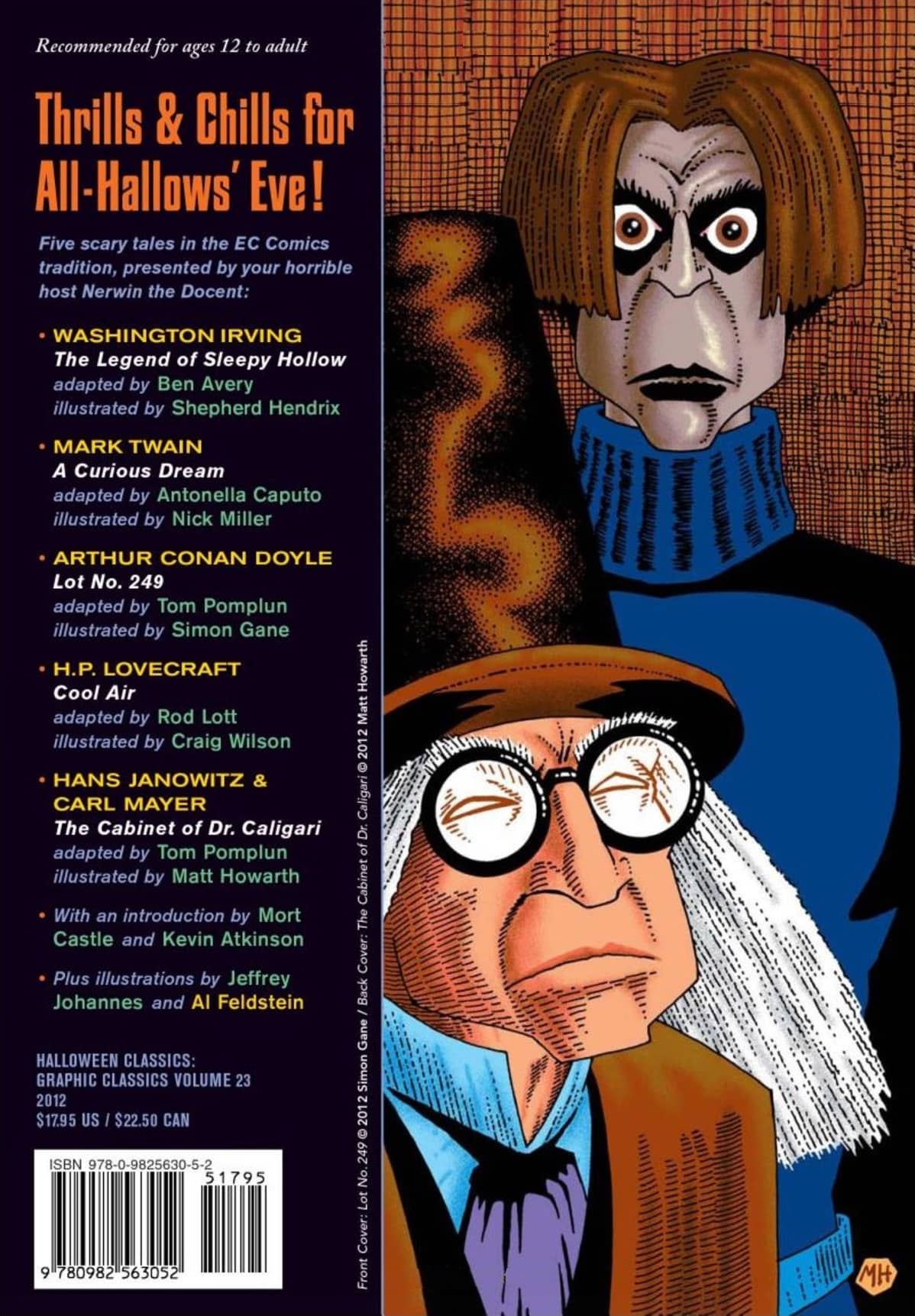

a mentally handicapped boy (Felipe, Casimir), who is attracted to the narrator,

The narrator travels to and stays in a remote and decayed aristocratic residence inhabited by a family of declining fortune.Gide may have read ‘Olalla’ earlier than recorded in his Journal and had indeed been inspired by it.įirst of all, what was it about the narrative that made me think that Gide may have been thinking of ‘Olalla’ when writing Isabelle? In both texts the two works share a common influence, or 3.

I had made a pattern out of unrelated elements and mere coincidences, 2. Where I wanted to find affinities, had I imagined them?įrom what follows the reader will be able to judge between three possible explanations: 1.

I fell from the clouds (as they say in Italian). Then I learnt that Gide recorded reading ‘Olalla’ in his Journal the year after he wrote Isabelle. This conviction was strengthened by my knowledge that Gide belonged to a group of of French writers and critics before and after 1900 who admired Stevenson and saw him as a model who could help the French novel find a new way forward. Such were the affinities in characters, settings, events and even atmosphere that I was sure that Gide must have taken Stevenson’s tale as a conscious inspiration. I recently read André Gide’s novella Isabelle (first published in 1911) and, as I did so, was continually reminded of Stevenson’s long short story ‘Olalla’.


 0 kommentar(er)
0 kommentar(er)
